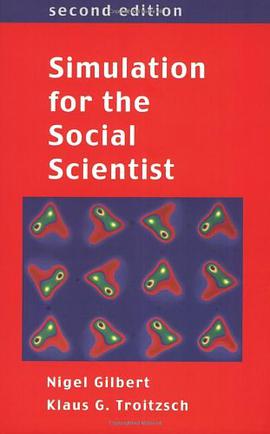Simulation for the Social Scientist
豆瓣
Nigel Gilbert / Klaus G. Troitzsch
简介
What can computer simulation contribute to the social sciences? Which of the many approaches to simulation would be best for my social science project? How do I design, carry out and analyse the results from a computer simulation? Interest in social simulation has been growing rapidly worldwide as a result of increasingly powerful hardware and software and also a rising interest in the application of ideas of complexity, evolution, adaptation and chaos in the social sciences. "Simulation for the Social Scientist" is a practical textbook on the techniques of building computer simulations to assist understanding of social and economic issues and problems. This authoritative book details all the common approaches to social simulation, to provide social scientists with an appreciation of the literature and allow those with some programming skills to create their own simulations.New for this edition are a new chapter on designing multi-agent systems, to support the fact that multi-agent modelling has become the most common approach to simulation, and new examples and guides to current software Updated throughout to take new approaches into account. The book is an essential tool for social scientists in a wide range of fields, particularly sociology, economics, anthropology, geography, organizational theory, political science, social policy, cognitive psychology and cognitive science. It will also appeal to computer scientists interested in distributed artificial intelligence, multi-agent systems and agent technologies.
contents
Chapter 1 Simulation and social science 1
Chapter 2 Simulation as a method 15
Chapter 3 System dynamics and world models 28
Chapter 4 Microanalytical simulation models 57
Chapter 5 Queuing models 79
Chapter 6 Multilevel simulation models 100
Chapter 7 Cellular automata 130
Chapter 8 Multiagent models 172
Chapter 9 Developing multiagent systems 199
Chapter 10 Learning and evolutionary models 217
Appendix A Web sites 256
Appendix B Linear stability analysis of the dovehawklawabider model 267
Appendix C Random number generators 272
References 275
Author index 287
Subject index 291
Back cover 296
Copyright